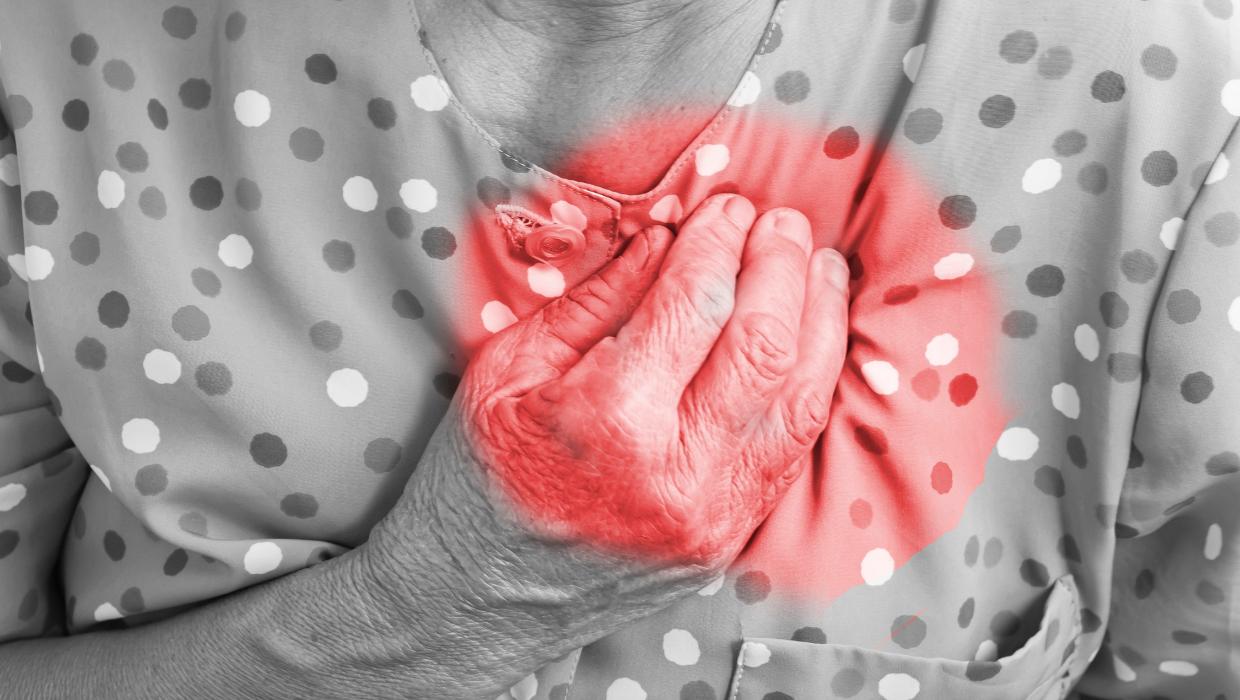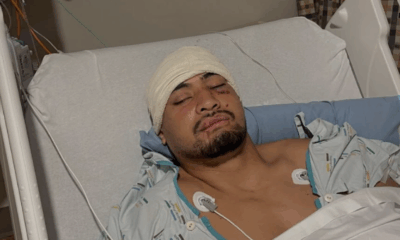Health
Recognize Heart Attack Signs: Cardiologists Identify Five Key Warnings

Cardiologists have identified five critical warning signs of a heart attack that can often go unrecognized. While many people associate heart attacks primarily with severe chest pain, the reality is that symptoms can vary widely among individuals. Understanding these signs is essential for timely intervention and could potentially save lives.
One of the most commonly recognized symptoms is chest pain, which can manifest as pressure, tightness, or discomfort in the chest area. This sensation may come and go, leading some individuals to dismiss it as indigestion rather than a serious medical issue. According to the American Heart Association, women may experience different symptoms than men, which can contribute to delayed diagnosis and treatment.
Additional Symptoms to Watch For
In addition to chest pain, cardiologists emphasize the importance of being aware of other symptoms that may indicate a heart attack. Shortness of breath is a significant warning sign and can occur with or without chest discomfort. This feeling can be particularly alarming, as it may come on suddenly and can be mistaken for anxiety or panic.
Nausea, lightheadedness, and excessive sweating are also critical signs to consider. Many individuals report feeling faint or weak during a heart attack, which can lead to confusion about whether they are experiencing a medical emergency. The presence of these symptoms should prompt immediate medical attention.
Another often-overlooked symptom is pain that radiates to other areas of the body. For example, discomfort in the jaw, neck, or back can signify a heart attack, especially in women. This type of pain may be mild and can be mistaken for muscular issues or stress. Understanding that these sensations may be linked to cardiac events is vital for prompt diagnosis.
Acting Fast Can Save Lives
Recognizing these warning signs can make a significant difference in outcomes. According to cardiologists, the initial moments of a heart attack are critical. The sooner an individual seeks help, the better the chances of survival and recovery. The Centers for Disease Control and Prevention (CDC) recommends dialing emergency services immediately if any of these symptoms occur.
It is essential for everyone, regardless of age or gender, to be educated about the diverse manifestations of heart attacks. Cardiovascular disease remains one of the leading causes of death globally, and awareness can empower individuals to take action when it matters most.
In conclusion, while chest pain remains a hallmark of heart attacks, other symptoms like shortness of breath, nausea, and radiating pain should not be overlooked. By understanding these signs, people can better prepare themselves and their loved ones for potential medical emergencies.
-

 World4 months ago
World4 months agoTest Your Knowledge: Take the Herald’s Afternoon Quiz Today
-

 Sports5 months ago
Sports5 months agoPM Faces Backlash from Fans During Netball Trophy Ceremony
-

 Lifestyle5 months ago
Lifestyle5 months agoDunedin Designers Win Top Award at Hokonui Fashion Event
-

 Entertainment5 months ago
Entertainment5 months agoExperience the Excitement of ‘Chief of War’ in Oʻahu
-

 Sports5 months ago
Sports5 months agoLiam Lawson Launches New Era for Racing Bulls with Strong Start
-

 Top Stories2 weeks ago
Top Stories2 weeks agoTongan Star Eli Katoa Shares Recovery Update After Surgery
-

 World5 months ago
World5 months agoCoalition Forms to Preserve Māori Wards in Hawke’s Bay
-

 Health5 months ago
Health5 months agoWalking Faster Offers Major Health Benefits for Older Adults
-

 Lifestyle5 months ago
Lifestyle5 months agoDisney Fan Reveals Dress Code Tips for Park Visitors
-

 Politics5 months ago
Politics5 months agoScots Rally with Humor and Music to Protest Trump’s Visit
-

 Top Stories5 months ago
Top Stories5 months agoUK and India Finalize Trade Deal to Boost Economic Ties
-

 Health2 months ago
Health2 months agoRadio Host Jay-Jay Feeney’s Partner Secures Visa to Stay in NZ









